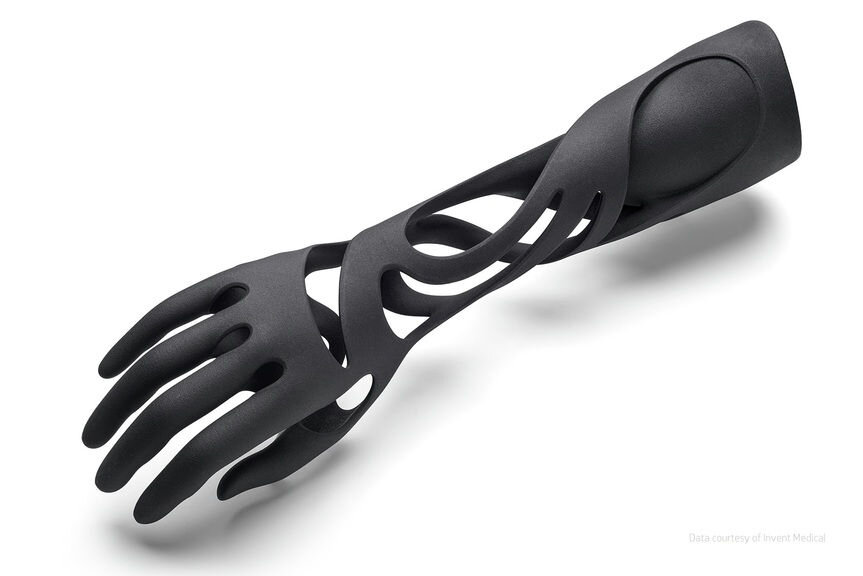Let’s break down all the different filaments on a scale of usability, printability, and demand for that filament. we’re ranking it with data, usability, how applicable the material is for different applications, how usable it is across a wide field of uses, printability, how much of this material going to be to work with daily, get to work reliably, and demand. so if you need a 3D print service what is the likelihood that you’re going to get requests for this actual material?
Best of Best – CF(Carbon Fiber) Nylon
Realistically, you’ll be able to get a lot of clients in the manufacturing space with nylon. there are machine shops all over the world that are using parts that could be made out of Nylon. it’s low-hanging fruit and a great thing to get straight into and the parts you do create are going to be usable. a lot of jigs and fixtures are being machined out of aluminum and that takes two to six weeks, whereas when you can 3D print this material overnight, have your fixture in the morning, that’s a huge demand in the CNC manufacturing industry. a lot of brackets and automotive parts or any kind of structural parts can be made out of nylon. it’s strong, impact-resistant, lightweight with self-lubricating. it’s very easy to print because the nylon normally warps a lot, but the carbon fiber makes that a lot less working. it’s easier to work with. you don’t necessarily even need a heated chamber, although it does still help.

A Tier – Nylon
Nylon is everything that carbon fiber nylon had from earlier, but not as rigid and strong and doesn’t necessarily like to print as nicely. like zip ties are made out of nylon, self-lubricating, it’s great for gears. it’s very tough, extremely impact resistant. something on your body that you’re wearing right now is probably made out of nylon. you do want to have a heated chamber if possible, you can get away without a heated chamber especially on smaller parts, but if you are going to do bigger parts or you’re going to be printing constantly for business, you’ll need a machine with a heated chamber, at least an enclosed chamber. because it does curl.
B Tier – PC ASA & PC ABS
Moving right along, we have PC ABS and PC ASA. both of these are blended polymers. you get some of the impact resistance and the toughness and the rigidity of polycarbonate, but then the impact resistance of ABS and ASA. sort of mix together and to make a more flame resistant product. polycarbonate is an amazing thing, but it’s at the very end of what is printable on a low temp machine and it wants to bend and break the glass. it’s a real pain, so they threw in some ABS or some ASA to tame it down, lower the temperature a little bit and make it that you can have most of the benefits of polycarbonate, while still actually having it on a machine. you don’t have to tear it apart or upgrade a bunch of parts to be able to print PC. its usability is very pretty high, because if you need something a little bit stronger than ABA. it’s a pretty great solution.
C Tier – PEEK
PEEK is the hardest material to print, but it’s not the worst material, it’s a great material but just unnecessarily difficult and a huge pain in the butt that you don’t need to deal with because there are better alternatives. there are not that many machines that will do it without a hitch. it still has issues with bridging and proper flow. people are still figuring it out. it is not the easiest thing to get great layer adhesion on with PEEK. that takes a little bit of practice and it’s going to be different per part. the usability and the demand are extremely high. because people don’t know that there are better alternatives, but the printability is atrocious, unlike CF PEEK.